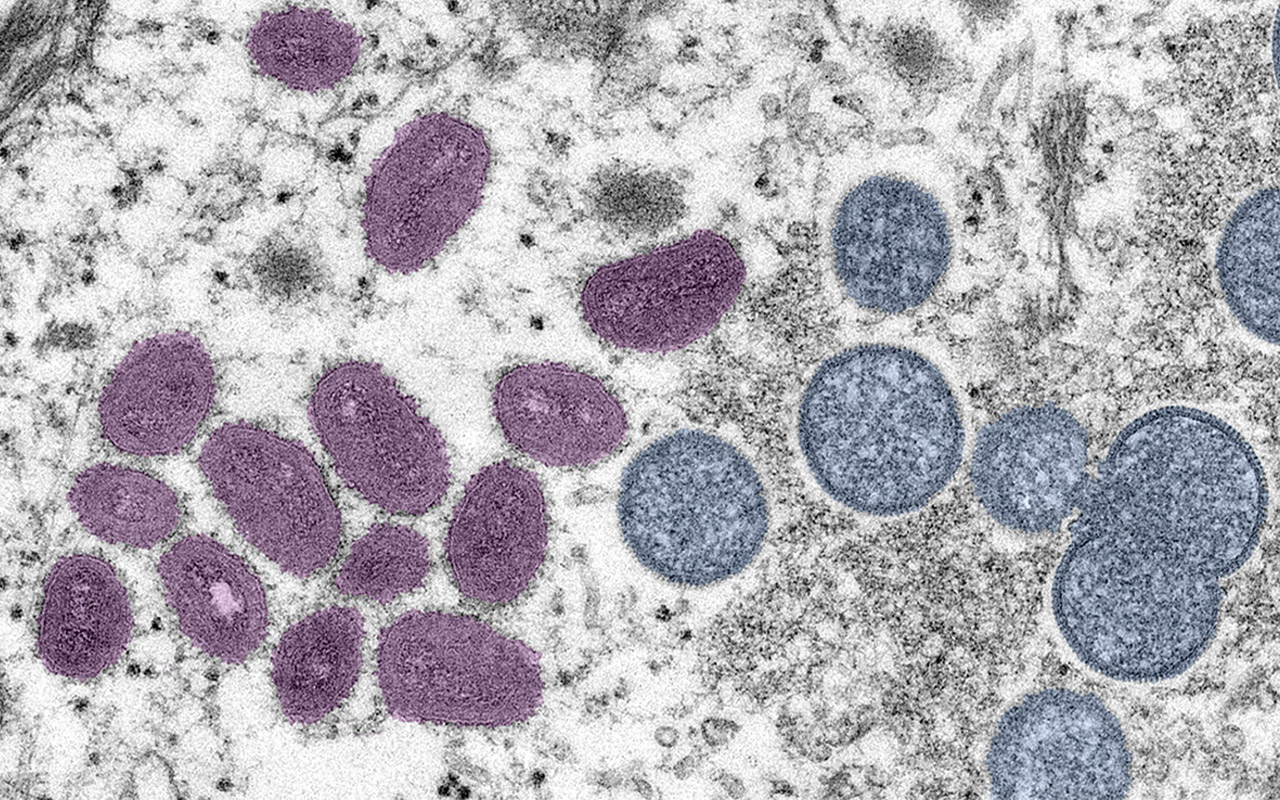Using Monkeypox as a Case Study to Teach Pandemic Prevention

COVID-19 taught the world the importance of public health but also its challenges when faced with a new communicable disease. When the World Health Organization declared Monkeypox a public health emergency of international concern on July 23, 2022, many thought, “Here we go again.”
Monkeypox, however, is different. We already have an effective vaccine, treatment, and other tools to control Monkeypox and prevent a new pandemic.
How can we teach an approach to pandemic prevention that can embrace such diverse threats as COVID-19 and Monkeypox as well as a variety of other emerging infectious diseases from Ebola to Influenza to Zika?
To accomplish this aim, it is important to have a framework for thinking about the potential for epidemic and pandemic spread. The population prevention framework addresses this need. The framework is applied to Monkeypox in a new case study called July 23, 2022, WHO declares “monkeypox” a Public Health Emergency of International Concern.
The population prevention framework is displayed below.

Riegelman RK. COVID-19 Global Lessons Learned Case #4, Burlington MA: Jones & Bartlett Learning; 2021.
The following describes issues that might be addressed in each of the 5 components:
- Detecting implies identifying the index or early cases of the disease and their unique features. It also includes identifying the pathogen, which establishes the etiology of the disease. Genetic sequencing of viral pathogens allows the rapid development of diagnostic tests and provides the initial steps needed for development of vaccines.
- Containing aims to stop, or at least slow, the spread and geographic reach of the disease beyond its initial area of detection. It also begins the process of understanding the disease’s distribution in populations, or its descriptive epidemiology. Containment includes rapidly identifying new cases based on a case definition, isolation of cases, plus contact tracing and quarantining those exposed. It may also include travel restrictions within and between countries to prevent spread.
- Mitigating is essential once community transmission has become widespread. Mitigation aims to reduce the amount and geographic extent of transmission, which may “buy time” to effectively respond. The methods used for mitigation depend on the understanding the mechanism(s) of disease transmission and often widely apply methods similar to those used locally for containment.
- Immunizing is key to preventing and terminating a pandemic. Immunity may be passive through administration of antibodies or active through vaccines. When these fail, population immunity, or herd immunity, may eventually be achieved by infection of a large percentage of the population. Waiting for population immunity can lead to large numbers of preventable deaths, often among those with few resources and fewer opportunities, raising issues of health equity. Vaccine hesitancy based on misinformation and disinformation may need to be addressed.
- Monitoring or public health surveillance is needed throughout the population prevention process. It continues after immunization for a range of purposes including detecting variants, assessing effectiveness of vaccines and drugs, estimating the extent of immunity, identifying animal reservoirs for a disease, and detecting the next potential pandemic.
Note that the population prevention framework is circular which implies that the process may need to be repeated as new variants or other changes in the disease occur.
The following table summarizes each component of the population prevention framework as applied to the Monkeypox case study:
|
Pandemic Prevention Component |
Monkeypox Case Study |
|
Detecting |
|
|
Containing |
|
|
Mitigating |
|
|
Immunizing |
|
|
Monitoring |
|
The population prevention framework can help students organize what may seem like a chaotic onslaught of information that occurs when a new communicable disease threatens to become an epidemic or pandemic. The Monkeypox case study provides an approach to thinking about pandemic prevention and response at the pivot point when it is declared a Public Health Emergency of International Concern.
The population prevention framework, new Monkeypox case with discussion questions, sample answers, and high-quality web links are now available as part of the instructor resources that accompany my text, Public Health 101: Improving Community Health.
We invite qualified instructors to request a review copy in consideration of course adoption of our text. Please note that Public Health 101 also applies the framework to COVID-19 and Ebola demonstrating the framework’s versatility and utility for understand a spectrum of potential pandemic diseases.
Like other case studies in Public Health 101, the Monkeypox case can be used in multiple ways. These include in-class discussions, breakout groups, assignments, and essay examination. This new case study concludes with 5 discussion questions asking students to discuss how the case study addresses each of the components of the population prevention framework.
Try out the pandemic prevention framework and the Monkeypox case study with your students. I’m confident that it will provide them with a new tool to better understand and organize the onslaught of information on a potential pandemic.
About the Author
Richard K. Riegelman, MD, MPH, PhD is Professor of Epidemiology, Medicine, and Health Policy, and Founding Dean of the George Washington University Milken Institute School of Public Health in Washington, DC. His education includes an M.D. from the University of Wisconsin plus a M.P.H. and Ph.D. in Epidemiology from Johns Hopkins. Dr. Riegelman practiced primary care internal medicine for over 20 years. He is author of Public Health 101: Improving Community Health, Third Edition, Population Health: A Primer, and 2021 AJN Book of the Year in the digital category, COVID-19 Global Lessons Learned: Interactive Case Studies